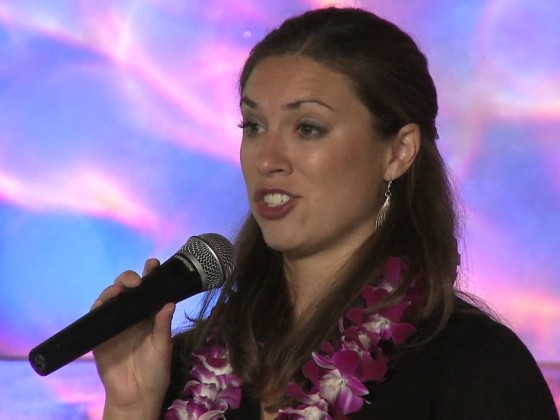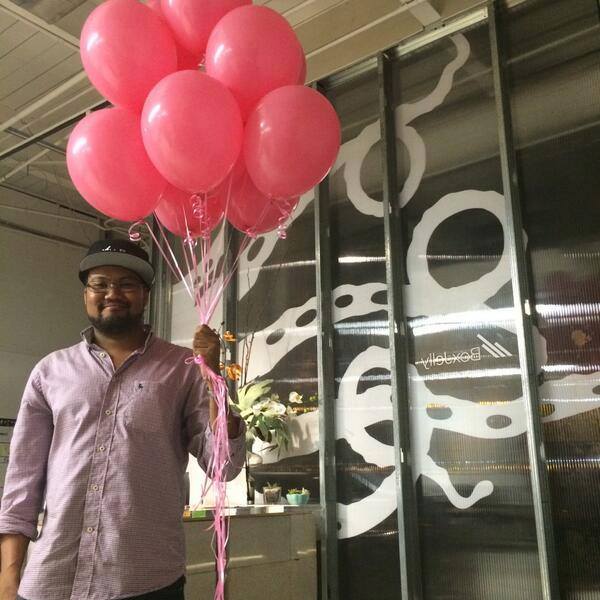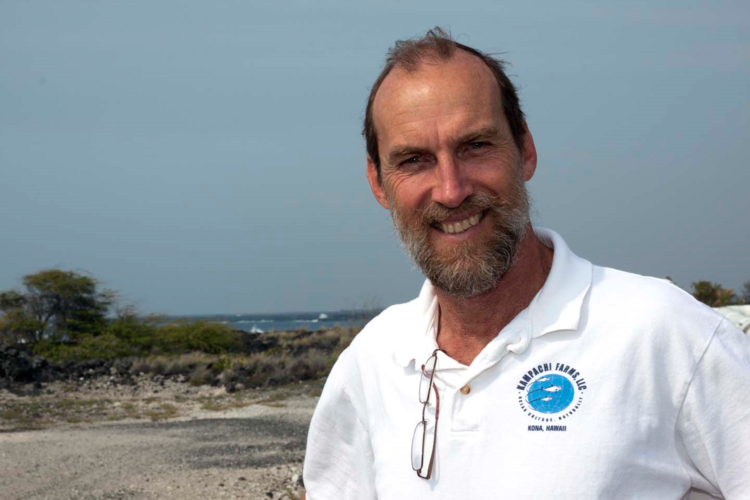1. Dawn Lippert is supporting the state’s goals towards 100% clean energy.
Photo: HREDVGovernor David Ige recently signed a bill that sets the state’s renewable energy goal at 100% by 2045. What this means is that in 30 years, Hawaii should be running only on electricity made by renewable energy, such as solar, wind, and geothermal power. Dawn Lippert’s passion is to find and support innovation that can help the state achieve these aggressive goals. Through the Energy Excelerator, she and her team support early stage companies with a focus on clean energy, providing mentorship, connections to capital and talent, and most of all, a supportive environment dedicated to making Hawaii the global center of energy innovation. Check out Dawn’s TedX Honolulu talk about Hawaii’s role in solving the world’s biggest energy problems:


